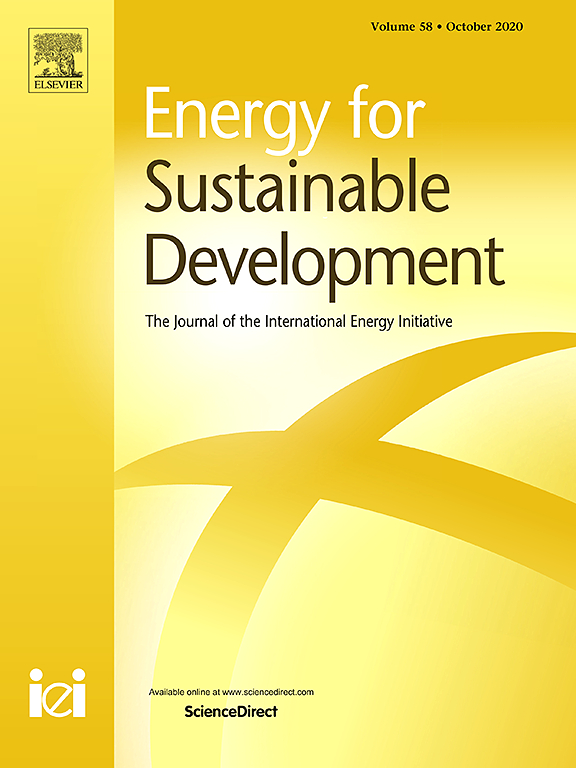Paper
Drivers of Household Appliance Usage
Evidence from Rural India
Jennifer Richmond, Shalu Agrawal, Johannes Urpelainen
August 2020 | Energy Transitions
Suggested citation: Richmond, Jennifer, Shalu Agrawal, and Johannes Urpelainen. 2020. “Drivers of Household Appliance Usage: Evidence from Rural India.” In Energy for Sustainable Development 57 (August): 69–80.
Overview
This paper examines the association between electricity access, the daily availability of electricity, and appliance usage in rural India. Specifically, it controls for the relative effects of the source by testing appliance usage outcomes. It uses key explanatory variables for the household's primary electricity source and the number of hours for which supply is available per day. The inferences are made based on household survey data from 10,249 households across the Indian states of Bihar, Odisha, Rajasthan, and Uttar Pradesh, which accounted for 70 per cent of unelectrified households when the survey was conducted.
Flow of total appliance usage hours from electricity sources to household appliance groups within different states

Source: Authors’ analysis
Key Highlights
- Grid-connected households have more electricity available to them and use significantly more electricity to power appliances in each of four designated household appliance categories: lighting, cooling, entertainment, and housekeeping.
- Households using alternative power sources, including solar home systems (SHSs) and mini-grids, exhibit high uptake and use of lower-level appliances in the lighting and cooling categories, but much less so in the entertainment and housekeeping categories.
- Grid access is also correlated with higher electricity availability than alternative sources.
- Electricity availability is a highly significant predictor for powering appliances for longer time periods in all categories, but especially for more easily attainable appliances in lighting and cooling categories.
- For every additional hour of electricity available, it is expected that the average rural household would power lighting appliances for an additional 0.47 h per day and use 0.71 additional hours of electricity to power cooling appliances each day.
Although alternative sources will continue to serve as supplementary stop-gap measures, a robust and reliable grid could transform rural lives in a rapidly developing country like India.








